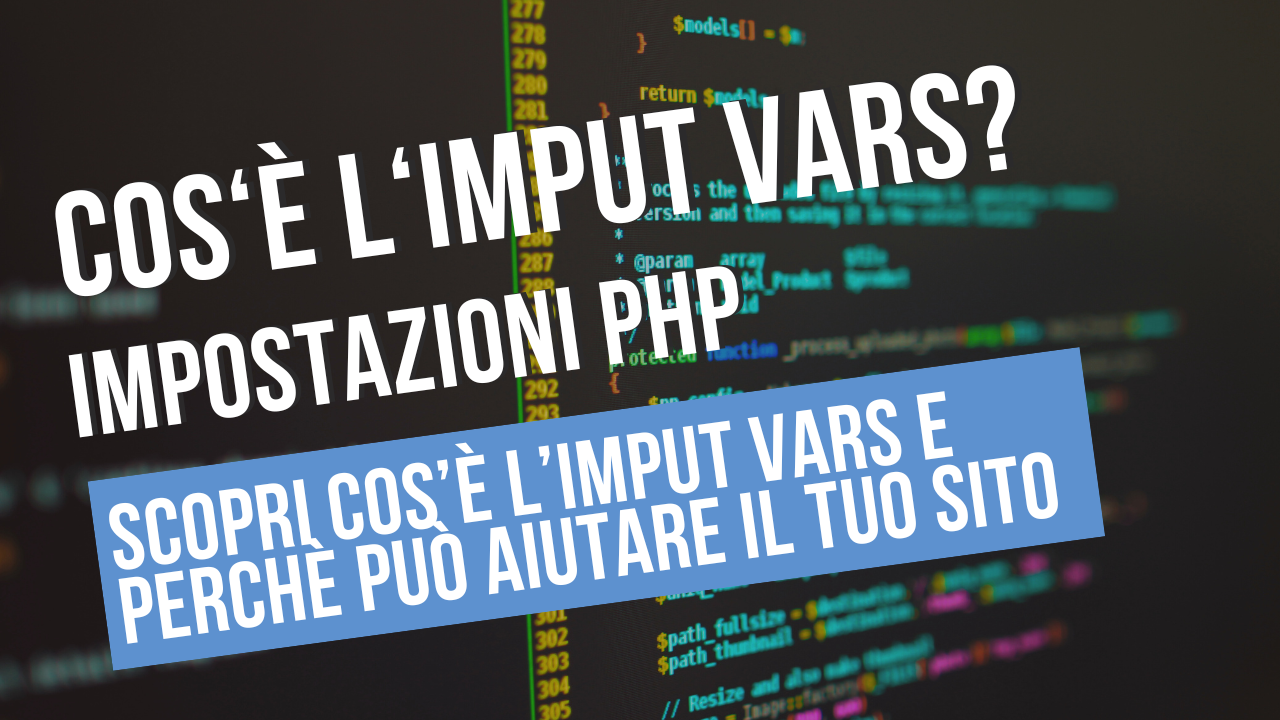Scrivere un articolo Seo è diventato di fondamentale importanza per posizionarsi sui motori di ricerca e ottenere quella visibilità necessaria per sfruttare al meglio le opportunità offerte dal web. Ci sono alcune regole nella stesura di un contenuto in ottica SEO che, se rispettate, ci consentono di rintracciare i bisogni degli utenti, soddisfarli e quindi scalare le posizioni sui motori di ricerca.
A grammatically correct text with a simple and clean syntax, as well as a clear vision of the objectives of the communication and the information to be provided to our target users, is certainly the first step to writing quality content. However, this is not enough because the web has specific characteristics that must be taken into account, namely the public and the mode of content fruition.
Understanding the search intentions of our users helps us choose the most suitable keywords
Seo is essentially based on keyword optimisation. Google and other search engines are placing increasing importance on the relevance of the keyword with the content of the text, so writing an article from a seo perspective means choosing a main keyword that, together with other secondary keywords, makes explicit the topic to which the content must conform. The keyword should be placed in the title tag, in the meta description and in the body of the text so as to suggest it to search engines and track down users interested in the topic we are writing about. However, this does not mean that a keyword with a high search volume actually helps our positioning. In fact, it can happen that positioning on less used but more specific keywords increases the number of conversions as we track down users who are already convinced of the purchase or information they need. We speak in this case of the long tail strategy o long tail strategy according to which it is possible to intercept users' search intent much more precisely by using keywords with a lower search volume and lower competition. For example, if we have to write for a wine shop in Rome that sells different types of wine, but has a greater preference for quality red wines from Lazio, from an SEO point of view, it will be better to position ourselves on specific keywords such as 'fine red wines from Lazio' rather than on 'red wines' because we will have a high probability that the user typing 'fine red wines from Lazio', having a clear idea of what he wants, will be more inclined to click on our website and then visit the wine shop in person or buy the product online.
Page aesthetics catch the eye
On the web, users' attention spans are very low and already from a first quick overview reading they are able to decide the usefulness and relevance of the article with respect to their intentions. This is why it becomes very important to facilitate, also on a visual level, the fruition of our contents. Dividing the text into paragraphs so that the information is ordered, and using boldface to categorise it and make it easier to find, improve the readability of the article and the user experience. From an SEO perspective, this means using heading tags correctly, especially theH1 and theH2The first, to be used in the title, is essential to make the subject of the article known to both users and search engines; the second, on the other hand, can be useful to give a title to the most important paragraphs, perhaps including related keywords to be indexed.
Helping with links
The rules for writing a perfect SEO article also include creating a link building that favours the positioning of our web page on search engines. In fact, using optimised internal and external links with expressions related to the chosen keywords, suggests authority and credibility to the contents of our website: internal links help users in navigation and improve their user experience; external links suggest further useful pages to complete the search. Naturally, link building must be consistent and never excessive.
The power of images
The last aspect not to be underestimated is certainly the use of images. We have already mentioned how users are very much influenced by the visual aspect of our content, and images in this sense are the element that most attracts their attention as they enhance and further explain the content of the article. From a SEO perspective, this means that images must be of quality, without being too heavy as they would slow down the loading of the page - another criterion for good indexing - and be easily traceable by search engines through the use of relevant title and alt tags.
Start practising now to write SEO articles and improve your blog or website's position on search engines. If something is not clear to you, write us your doubts in the comments, we will be happy to discuss the subject further.







2 responses
One question: In your experience, how do semantic keywords (LSI keywords) impact SEO today? Do they still play a significant role in content optimisation, or has Google evolved beyond that? Looking forward to your insights.
Great question! Semantic keywords (often referred to as LSI keywords, though Google has stated that it doesn’t use Latent Semantic Indexing) still play an important role in SEO, but their impact has evolved. Google’s algorithms, especially with advancements like BERT and RankBrain, focus more on understanding intent and context rather than relying on specific keyword matches.
Instead of just using related terms for ranking purposes, it’s more effective to create content that naturally covers a topic comprehensively. This means addressing different aspects, answering common user questions, and structuring the content in a way that enhances readability and engagement.
So while semantic keywords are still relevant, they should be seen as part of a broader content strategy that prioritizes user intent, topical depth, and natural language processing rather than simply inserting keyword variations.